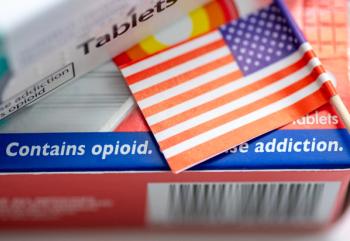
Ibuprofen Versus Acetaminophen Use in Children
Often what parents reach for to relieve a child’s pain or fever, a new meta-analysis looks at the efficacy and safety of ibuprofen and acetaminophen.
When a child is in pain or has a fever, most parents will turn to either ibuprofen or acetaminophen to bring relief. A
The researchers ran a systematic search in MEDLINE, Embase, CINAHL, and the Cochrane Central Register of Controlled Trials, as well as the Australian New Zealand Clinical Trials Registry and ClinicalTrials.gov. Any study that looked at children aged younger than 2 years and was comparing acetaminophen to ibuprofen, and reporting antipyretic, analgesic, and/or safety outcomes were considered. Two researchers independently extracted the data and assessed the quality.
There were 19 studies included in the meta-analysis and the studies covered 241,138 participants. The studies came from 7 different countries and included both hospital- and community-based health care settings. When compared with acetaminophen, they found that ibuprofen reduced temperature at less than 4 hours (4 studies with 435 participants; standardized mean difference [SMD], 0.38; 95% CI, 0.08-0.67; P = .01; I2 = 49%; moderate quality evidence) as well as at 4 to 24 hours (5 studies with 879 participants; SMD, 0.24; 95% CI, 0.03-0.45; P = .03; I2 = 57%; moderate-quality evidence).
Continue reading this article on
Newsletter
Pharmacy practice is always changing. Stay ahead of the curve with the Drug Topics newsletter and get the latest drug information, industry trends, and patient care tips.















































































































